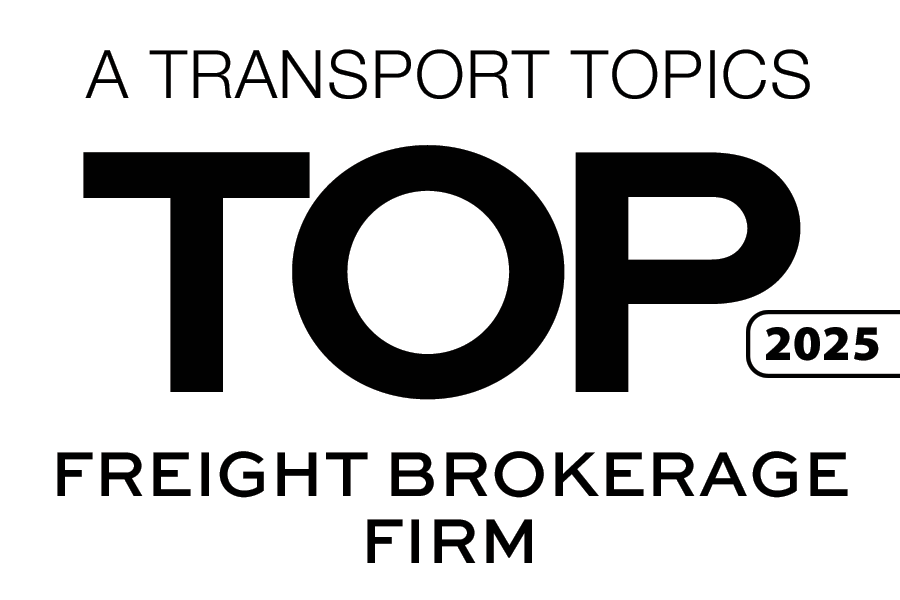Freight Market Update: Economic Cooling and Its Impact on the Industry
September 24, 2024
 As we transition into the third quarter of the year, the freight logistics industry is feeling the effects of a cooling economy. Earlier this summer, concerns around inflation and economic growth were dominant topics, and these issues have only intensified. The Federal Reserve’s strategy of raising interest rates over the past two years to combat inflation has started to show results, but with consequences. With the Fed’s recent rate cuts in effect, what comes next for the freight industry and the economy at large?
As we transition into the third quarter of the year, the freight logistics industry is feeling the effects of a cooling economy. Earlier this summer, concerns around inflation and economic growth were dominant topics, and these issues have only intensified. The Federal Reserve’s strategy of raising interest rates over the past two years to combat inflation has started to show results, but with consequences. With the Fed’s recent rate cuts in effect, what comes next for the freight industry and the economy at large?
“We’re starting to see a slowing economy and cooling inflation, and that’s not a surprise,” says Dan North, Senior Economist at Allianz Trade North America. “That’s what the Federal Reserve has been trying to do over the past couple of years by raising interest rates.”
Inflation, which spiked to as high as 9% in 2022, now rests at around 2.5%. While this progress is promising, it doesn’t mean that prices are dropping. Inflation is still rising at a rate of over 2% annually, meaning businesses and consumers continue to feel the pinch of higher prices, especially following years of hotter inflation. This lingering inflation affects costs across the board, including fuel, equipment, and labor, making the freight industry particularly vulnerable to the tightening economic climate.
At the same time, economic activity is slowing in other areas, such as retail sales, disposable personal income, and industrial production. These factors directly impact freight volumes, as reduced consumer spending and manufacturing output result in fewer goods being moved across the country.
What are the potential long-term impacts of continued inflation on shipping costs and consumer prices? Find answers in the latest episode of the Stay In Your Lane Podcast from Triple T Transport.
Employment has long been considered a critical indicator of economic health, and recent reports show the job market is beginning to cool. Last month’s employment report, one of the most closely watched data releases globally, revealed slower-than-expected job creation and a rising unemployment rate. This slowdown in hiring, particularly in sectors like manufacturing and retail, suggests a future decline in freight demand. Layoffs in certain sectors can also been seen as a driver of a cooling employment market.
“The technology sector had gone on this tremendous hiring binge,” says North. “When the economy slowed down, they suddenly realized they had too many people, and they started laying off people in droves.”
Notably, job quits—where workers voluntarily leave their positions—also spiked after the pandemic but have since returned to normal levels. This is another signal of a labor market recalibrating after several years of volatility. For the freight industry, this could mean stabilization in driver turnover and labor costs, but it also points to a general slowing of economic activity.
 Freight professionals should keep an eye on interest rates, as they have wide-ranging impacts on both operations and demand. Earlier this year, economists predicted that the Federal Reserve would hold off on cutting rates until the end of the year. However, given the current economic conditions with cooling inflation and rising unemployment, the Fed reversed course and initiated its first rate cut in years.
Freight professionals should keep an eye on interest rates, as they have wide-ranging impacts on both operations and demand. Earlier this year, economists predicted that the Federal Reserve would hold off on cutting rates until the end of the year. However, given the current economic conditions with cooling inflation and rising unemployment, the Fed reversed course and initiated its first rate cut in years.
Lower interest rates could ease borrowing costs for businesses, providing much-needed relief to an industry grappling with high operating expenses. However, it may also signal continued economic slowdown, which would further dampen freight demand.
As the freight market braces for the remainder of the year, it is clear that economic cooling is happening faster than anticipated. While inflation appears to be under control, the slowdown in consumer spending, industrial output, and employment are cause for concern. In the transport field, this means staying agile, managing costs, and closely monitoring how broader economic trends may influence freight volumes and rates.
Recent rate cuts could offer some relief, but the broader cooling economy suggests a bumpy road ahead for the logistics and transport sectors. Freight managers will need to remain vigilant, adapting to shifting conditions in a constantly evolving marketplace.
“Just because that line is going down doesn’t mean prices are going down,” warns North. “They’re still rising at over two percent a year, and on top of a couple of years of really hot inflation.”
In an unpredictable economy, finding dependable logistics partners is more crucial than ever. By leveraging industry expertise and cutting-edge technology, Triple T Transport ensures efficient, cost-effective 3PL solutions tailored to meet each customer’s unique needs. Count on Triple T Transport to ensure your freight moves seamlessly through any market conditions.














